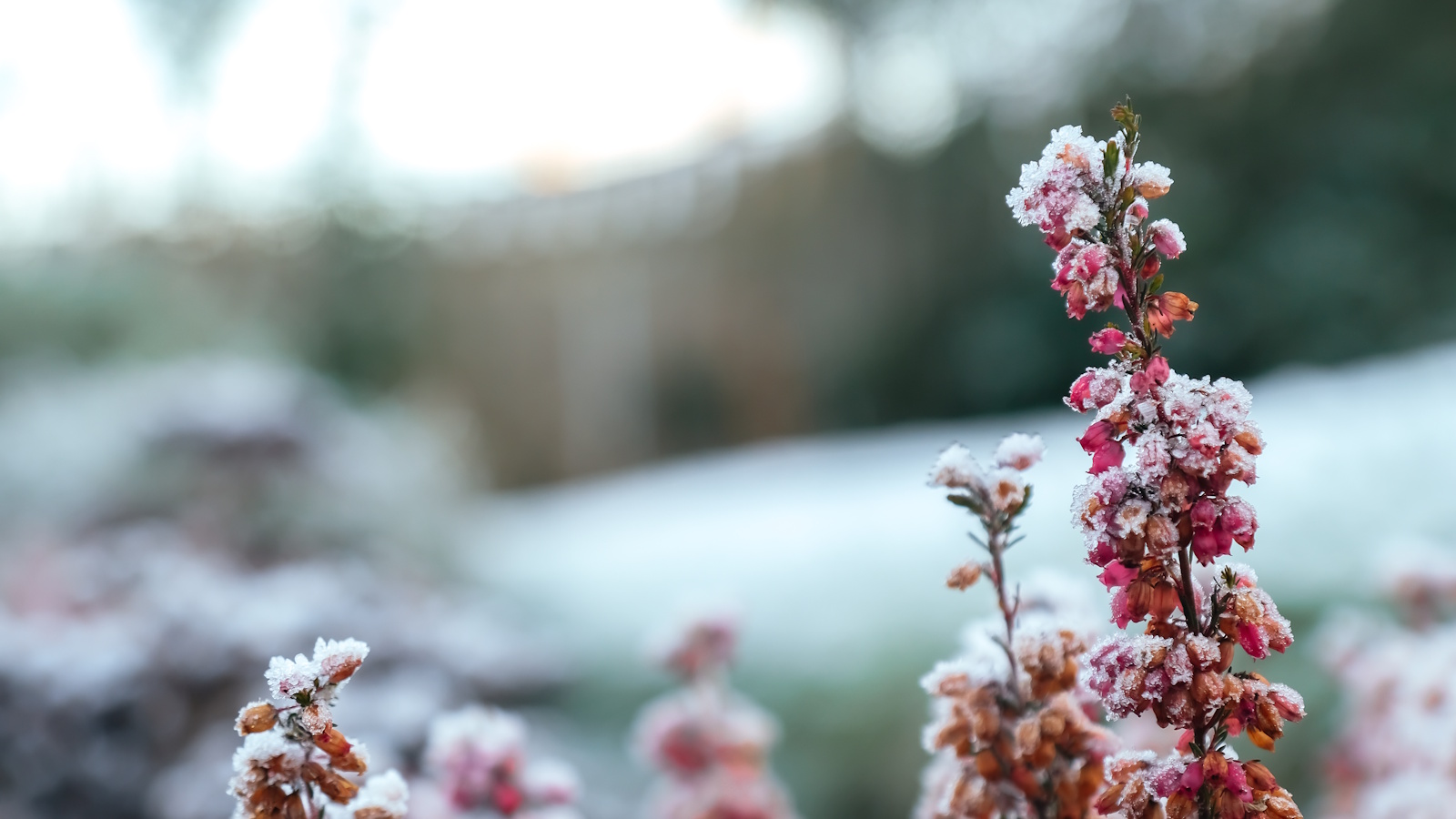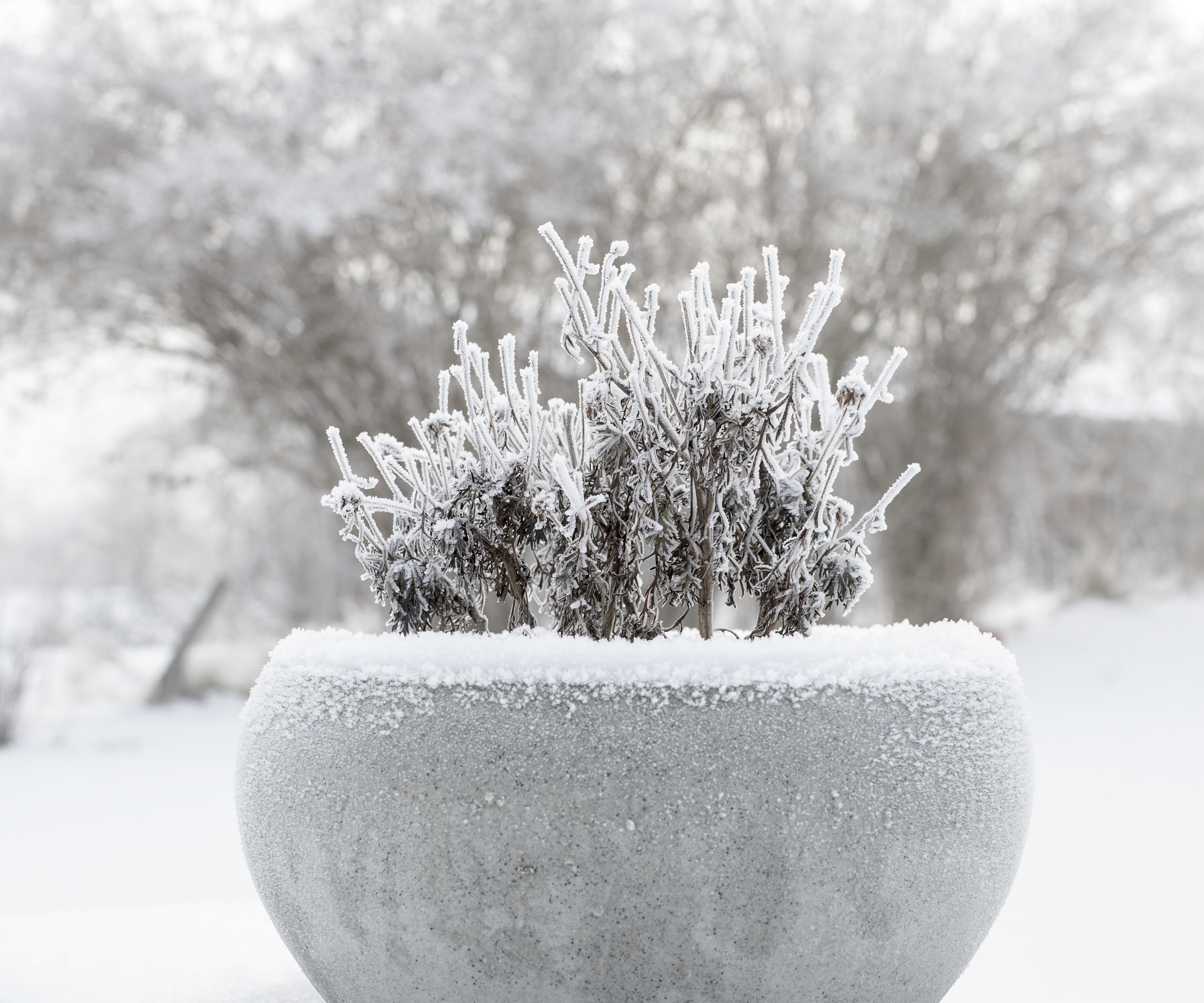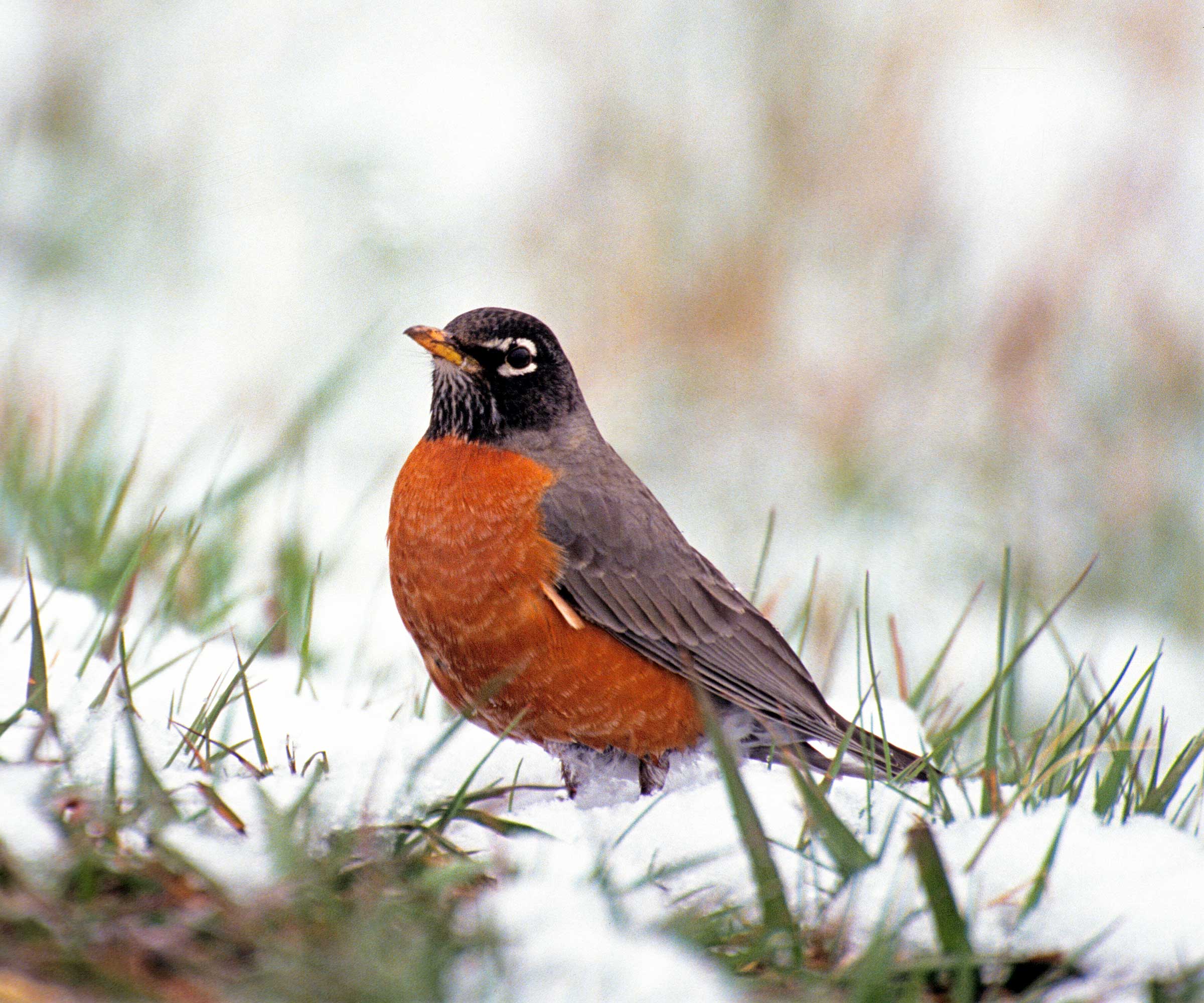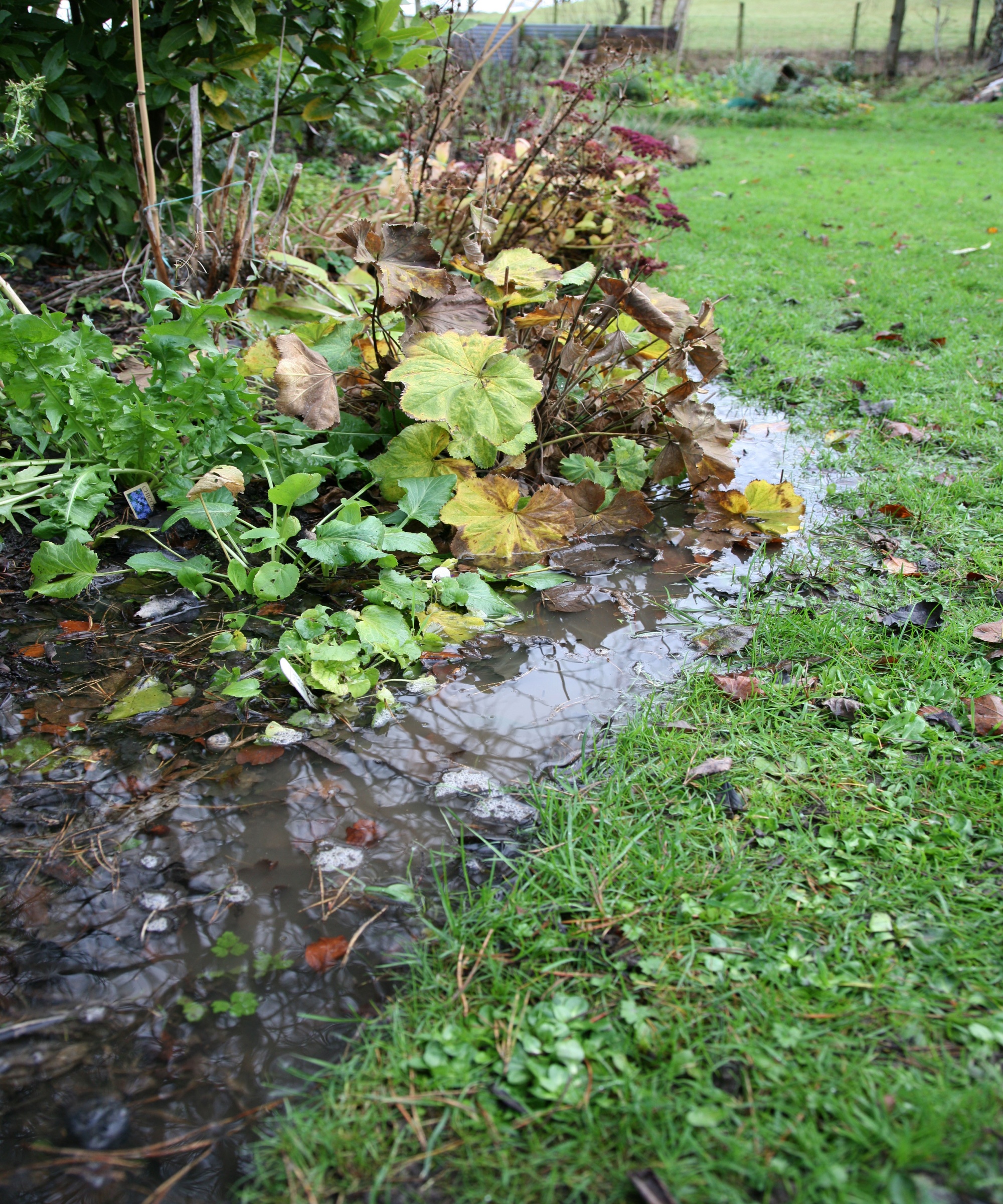
Frost damage is an unfortunate reality for most of us gardeners during the cold winter months. If you reside in a cool region that is prone to sudden temperature drops and freezes, frost will be a common sight during December, January and February.
While damaged, brown or wilting foliage can be worrying, it is often manageable. The good news is that in most cases, this frost damage can be reversed, and with the right care, your plants will quickly bounce back in the spring.
Here, I reveal how to revive frost-damaged plants, with tips on how to assess the extent of the damage and actions to take to encourage healthy regrowth. So, whether you are dealing with the aftermath of a snowy period or cold weather is on the way, our guide has all the necessary steps to add to your winter gardening checklist this year.

How to revive frost-damaged plants
The best defense against frost is being proactive with protection. There are many cheap ways to protect plants from frost, including covering trees and shrubs with blankets and old materials. However, sometimes frost damage is unavoidable. Here are three steps to follow in the aftermath of cold weather.
Ideal for container plants, shrubs or trees, these smart winter covers have a zip so can be easily deployed in winter.
1. Assess damage but remain patient

'When thinking about how to revive frost-damaged plants in your winter garden, the first step is to assess the damage,' says Rachel Bull, head of gardens at Homes & Gardens. 'Stay calm and wait a few days after the frost has cleared to evaluate the damage.'
During periods of frost and snow, the water inside plant cells can freeze, resulting in damage to cell walls and tissues. While this will rarely kill the entire plant, you may find that one stem, branch or limb has been affected.
'Plants need time to reveal the full impact of the frost, so any immediate pruning is not advised,' Rachel says. 'Start by monitoring the foliage and stems of your plants. If they look discolored or wilted, that doesn’t necessarily mean the whole plant is dead. In most cases, frost-hardy perennials will quickly bounce back in spring, so no action is required.
'Unless a fallen limb or branch is an immediate hazard to plants or people, there is no need to rush to action in the aftermath of a freeze. So, employing patience, and identifying damage a few days or weeks later is the optimum solution.'
As Rachel says, considered and slow gardening is recommended following frosty weather. Damaged parts of a plant can actually provide an additional layer of insulation, so leaving dead foliage and stems in place can help if cold weather strikes again in the coming weeks.
2. Prune damaged plant material at the right time

Once some time has passed and the temperature has begun to rise, it is time to prune any dead or damaged material. Start by removing any leaves or stems that are dead after the last frost date. Damaged and decomposing material will be easy to spot, often with a brown or black coloring.
'When pruning, wait until the weather improves,' Rachel says. 'Be sure to use clean, sharp tools to make precise cuts. It is also best to limit the amount you prune, only removing dead material and cutting down to a healthy leaf node.
'For perennials, you can cut back frost-damaged stems a week or so after the freeze,' Rachel says. 'Snip stems and foliage that looks rotten, cutting down to the base. This is sensible as you do not want mushy material sitting atop the crown of the plant, which can invite pests and diseases.'
For any woody or larger stems and branches, use a sharp pruning saw, again cutting down to a joint. This can be done later in winter when the weather turns. When cutting, be sure to only remove what you need, and with larger branches, you might need to ask for help to support the branch or limb. Try this Corona pruning saw, available from Amazon, for a precise and accurate cut.
These Okatsune snips will easily slice through frost-damaged shrubs and trees, making light work of your gardening chores.
3. Monitor moisture in the soil

'Finally, it is always a good idea to monitor for waterlogging,' Rachel says. 'When you are checking your plants for frost damage, evaluate the soil in pots and borders.'
As you can see in the image above, borders can quickly become waterlogged in the aftermath of frost and snow, and this can cause irreparable damage to plants.
'In terms of garden drainage solutions, often the best course of action is allowing water to naturally drain away. There is no need for you to water during winter, and hopefully, with a little time, waterlogging will ease. It is easier to drain pots and containers, tipping or tilting them to remove excess water, but with borders, you might just need to be patient.'
To improve drainage in your borders, remember that mulching is always recommended. While this is not a short-term solution, regular mulching will improve soil structure and drainage over many years. Mulch is available from Walmart.
FAQs
How long will it take frost-damaged plants to recover?
In most cases, new shoots and branches will emerge in spring. Most perennials and shrubs will quickly produce lots of new green growth from March onwards, and minimal frost-damage is nothing to worry about. Sadly, if you lose larger branches and limbs to frost, this may take a few years to replace.
Should I fertilize frost-damaged plants?
No, you should not apply any fertilizer to plants in winter. Shrubs, trees and perennials are not actively growing during the colder months of the year, so added fertilizer can actually do more harm than good. Wait until spring to feed your plants.
If cold weather is on the way, it is always best to be overly cautious. While you might think it unnecessary, spending some time covering plants or moving tender pots is always recommended.
For more winter garden information, see our guide on winter plants for wildlife, to fill your yard with trees, shrubs and evergreens that will prove popular with local birds and insects this year.







